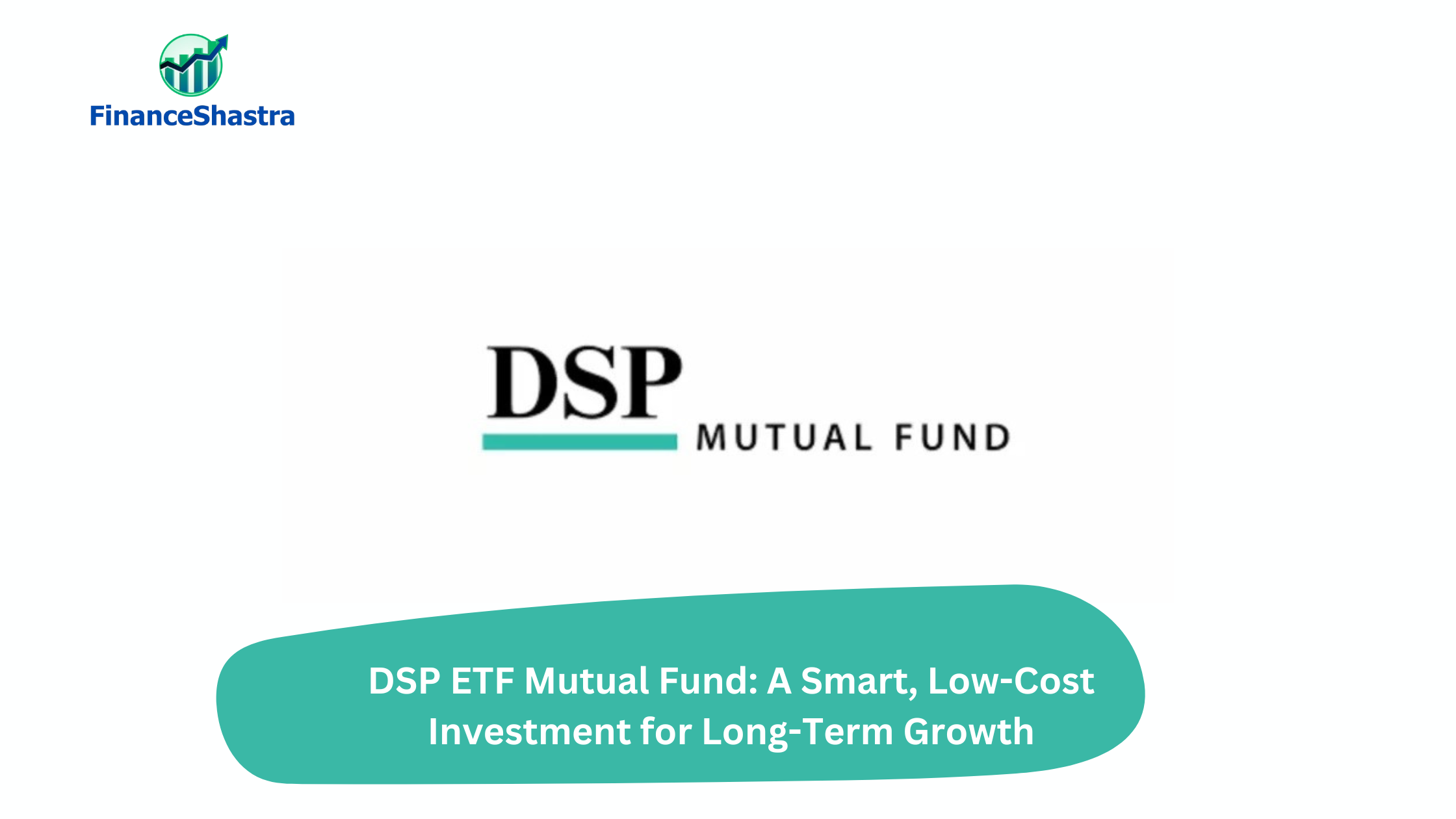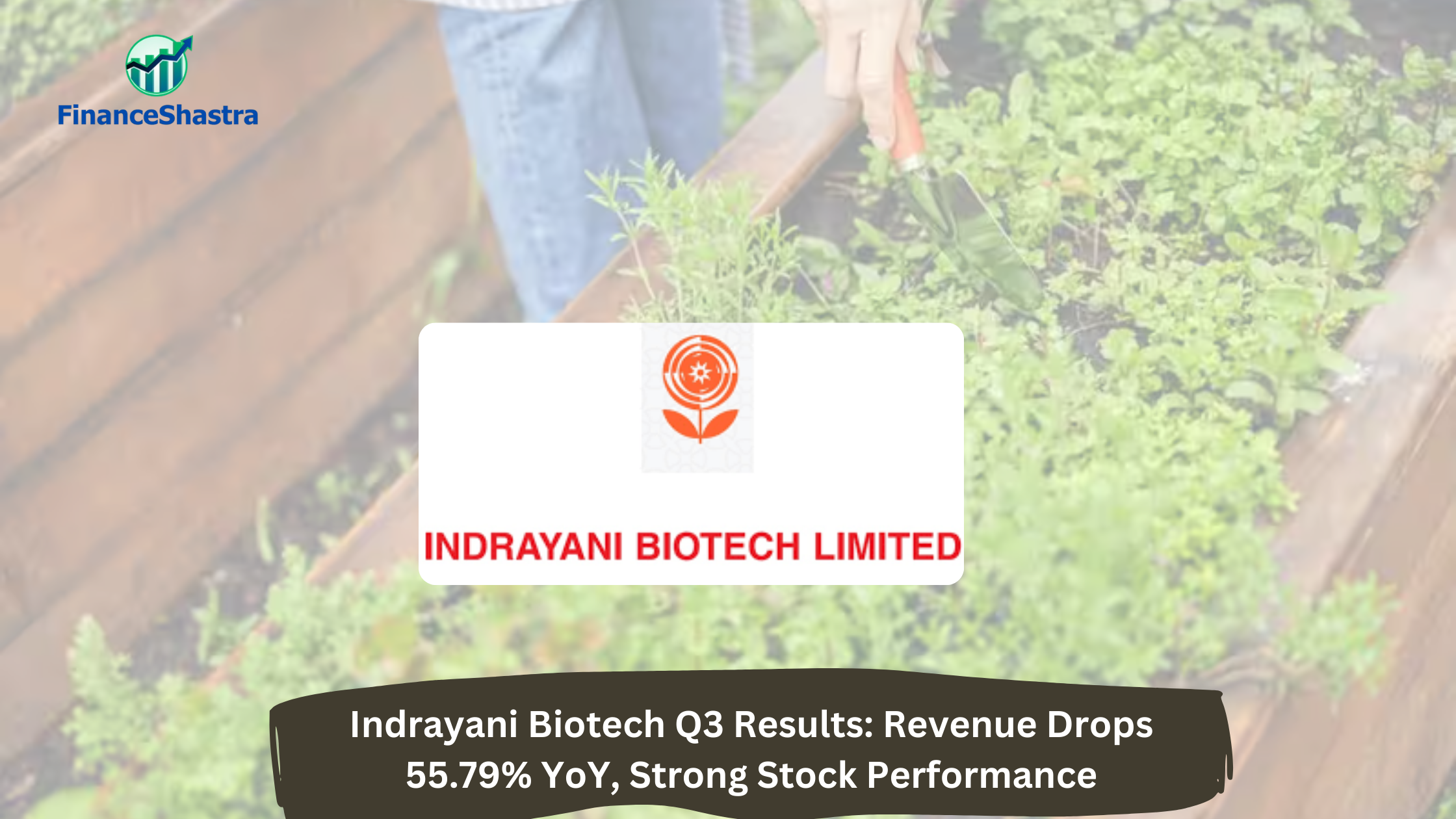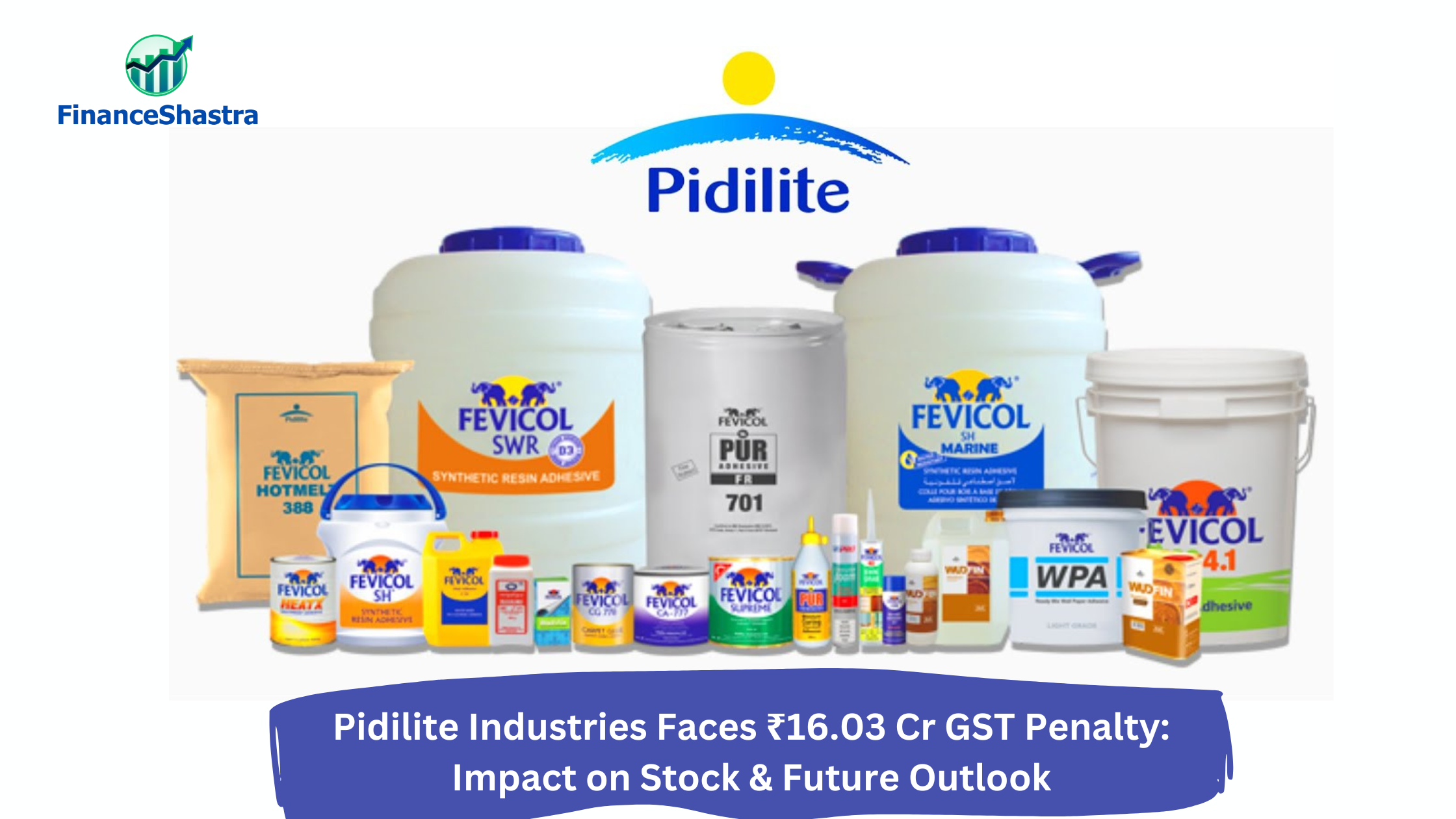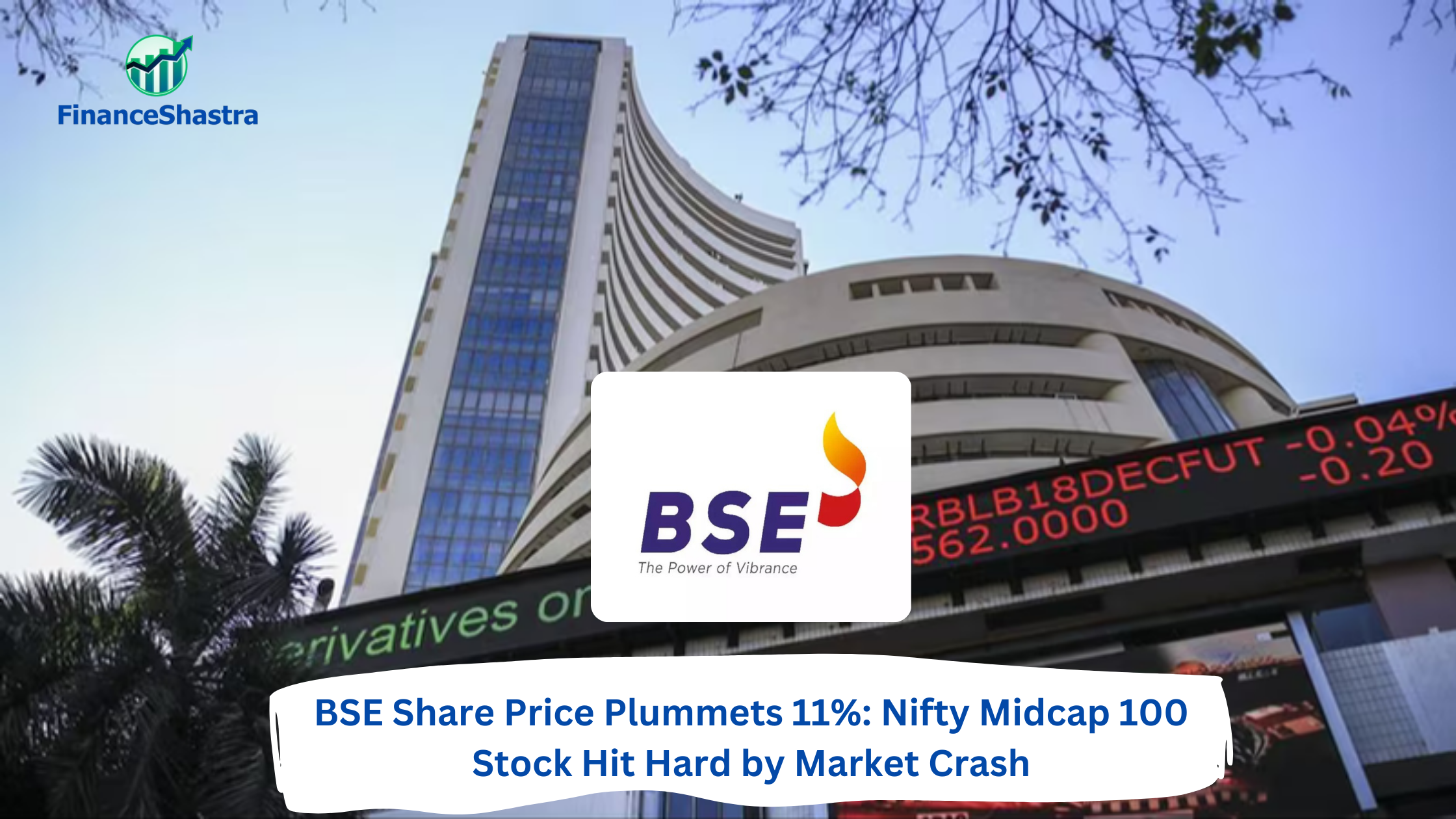Coastal Corporation Sees Uptick in Shrimp Exports as US Demand Rises by 10%
Business and Industry Overview:
Coastal Corporation Ltd is an Indian seafood company with over 40 years in the business. It was started in 1981 and focuses on processing and exporting shrimp. The company sells its products to countries like the USA, Europe, Canada, UAE, Saudi Arabia, Australia, Hong Kong, Korea, and China. It deals with both sea-caught and farmed shrimp. It offers different types like Vannamei and Black Tiger shrimp. The shrimp are sold in raw, cooked, and frozen forms. The company also makes products like breaded shrimp, tempura, sushi shrimp, and shrimp rings. These are sold under brand names like Coastal, Coastal Premium, Coastal Gold, Jewel, and President. The company has modern processing units in Andhra Pradesh and follows strict quality checks to ensure its products are fresh and safe. Coastal has important food safety certifications, including FDA, BRC, BAP, HACCP, Halal, and FSSAI. In December 2024, the company decided to split its shares. This will make them more affordable and improve trading. Coastal also owns other seafood businesses like Continental Fisheries India and Seacrest Seafoods. These help the company grow and reach more markets. Coastal Corporation is focused on quality and exports. It is a well-known name in the seafood industry.
India’s seafood exports have grown by 30.81% in the last five years. This happened because of more production and government support. In 2019-20, India produced 141.64 lakh tonnes of seafood and exported 13.29 lakh tonnes. By 2023-24, production is expected to reach 182.70 lakh tonnes, with exports at 18.19 lakh tonnes. The USA buys the most seafood from India. Other big buyers are China, Japan, Vietnam, and Thailand. India’s seafood exports have also earned more money over the years. In 2022-23, exports were worth ₹63,969.14 crore. The government has helped by improving seafood farming and storage. It has also reduced taxes on fish feed to lower costs. Exporters get benefits to sell more seafood in other countries. Today, India exports seafood to 132 countries. With this growth, India is becoming a major player in the seafood market. Coastal Corporation Limited is among top ten player in Shrimp processing and distribution industry worldwide.
Latest Stock News:
Coastal Corporation Ltd has decided to split its shares in a 1:5 ratio. This means one share of ₹10 will turn into five shares of ₹2 each. The company has set March 4, 2025, as the record date for this change. Coastal Corporation is a seafood company and trades as a penny stock on the BSE. Its market value is ₹279.47 crore. The stock recently hit a 52-week low of ₹201.90. Its highest price in the last year was ₹322.45. It is currently trading at ₹208.65. The stock split will make shares cheaper and easier to buy. After the split, shareholders will get five shares for every one they own. But the total value of their investment will remain the same. The share price will also adjust, becoming one-fifth of the original price. The company is facing financial troubles. Its profits are falling, debt is high, and returns for investors are low. This has led to poor stock performance. Coastal Corporation has been in the seafood business for 40 years. But despite its experience, the company’s stock has been struggling.
Coastal Corporation’s subsidiary, Coastal Biotech, has started testing a boiler at its ethanol plant in Odisha. The company expects to start ethanol production before the end of the financial year.
Potentials:
India’s seafood industry is growing fast. The country has a long coastline and plenty of marine resources. Global demand for seafood is increasing, and India is one of the top exporters. In 2023-24, seafood production is expected to reach 182.70 lakh tonnes, with exports at 18.19 lakh tonnes. The biggest buyers of Indian seafood are the USA, China, Japan, Vietnam, and Thailand. In 2022-23, India’s seafood exports were worth ₹63,969.14 crore. The government is helping the industry by improving infrastructure, reducing taxes on fish feed, and offering export benefits. Coastal Corporation Ltd is a major seafood exporter. Its profits are rising, and it is making better margins. The company’s stock has a low price-to-earnings (PE) ratio, which may attract investors. It exports seafood to the USA, Europe, Canada, and other countries. As seafood demand grows, the company has a chance to sell more products and increase revenue. However, there are some challenges. Foreign investors have reduced their stake in the company, which may affect market confidence. The company’s stock is also below its 200-day moving average, showing weak market trends. Coastal Corporation Ltd follows strict quality standards and eco-friendly methods. Its processing plants have important certifications and follow rules set by the European Union, USFDA, and MPEDA. With strong quality control and growing demand, the company has a good chance to expand its business and strengthen its market position.
Analyst Insights:
- Market capitalisation: ₹ 317 Cr.
- Current Price: ₹ 47.4
- 52-Week High/Low: ₹ 64.8 / 40.2
- Dividend Yield: 0.51 %
- Return on Capital Employed (ROCE): 4.59 %
- Return on Equity (ROE): 1.79 %
Coastal Corporation Ltd. is not a strong buy right now. The company’s sales have been declining, and its profits are low. It has a weak return on investment, and its debt payments are a concern. Customers are taking longer to pay, which affects cash flow. On the positive side, it pays regular dividends and is expected to have a good quarter. The stock price is close to its actual value, but the company needs to improve its growth and profits. Long-term investors may want to sell, while short-term traders can hold for now.









